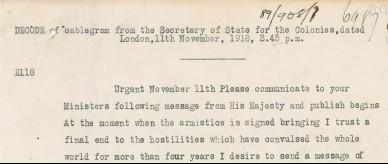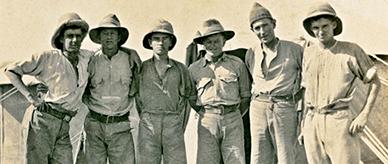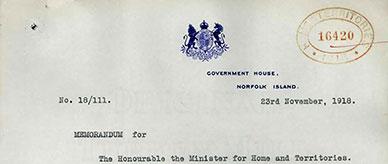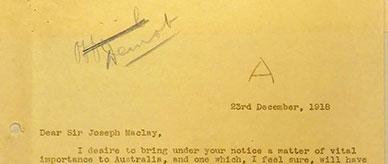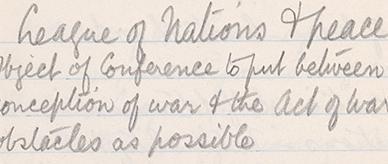After more than four years of hardship, courage and sacrifice, the fighting on the Western Front came to an end on 11 November 1918.
The Allied forces – strengthened by the entry of the United States into the war a year and a half earlier – were finally able to force Germany to surrender.
The Armistice (an end to hostilities) was signed by Britain, France and Germany (with Britain signing on behalf of the Empire as a whole). This effectively ended the war, and prompted spontaneous celebrations among the troops and throughout the British Empire.
Following prolonged peace negotiations, the Treaty of Versailles was signed on 28 June 1919. The treaty included a commitment to establish a ‘League of Nations’ to safeguard the peace.
Curriculum areas
- Year 9 History
Questions
- How did Australians celebrate the end of World War I?
- How did Australia’s contribution during World War I influence its relationship with Britain in the years that followed the war?
- What was the outcome of the peace negotiations after World War I?




